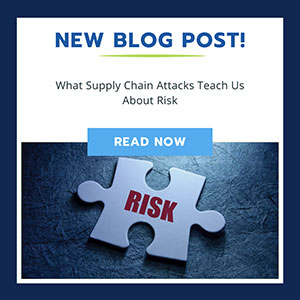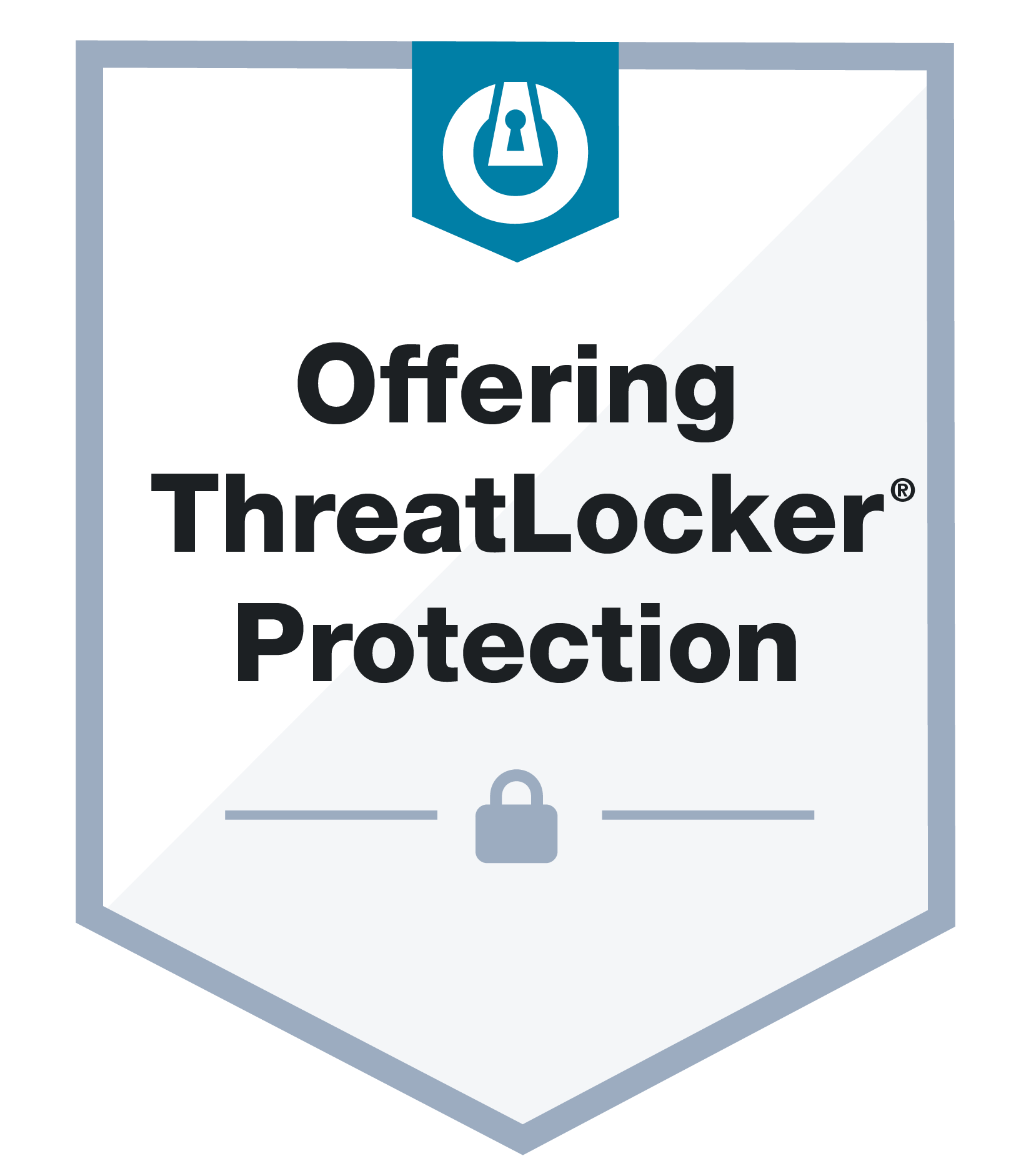
 In 2024, a quiet but dangerous cyberattack caught global attention.
In 2024, a quiet but dangerous cyberattack caught global attention.
A common open-source tool called XZ Utils, used in many Linux systems, released what appeared to be a routine update. Many businesses installed it automatically.
But that update wasn’t safe.
It contained a malicious backdoor, carefully planted by a contributor who had gained trust over time. The code gave attackers a way to silently access systems across the world without raising alarms.
By the time it was discovered, thousands of organizations had unknowingly opened the door to attackers.
When a Supply Chain Security Breach Reaches Your Business
You likely use outside services and tools every day. That might include your IT provider, payment platforms, communications software, cloud storage, or even open-source utilities.
Each of those vendors is part of your digital supply chain.
And if one of them is compromised, your business could be affected. The XZ Utils attack is a reminder that threats do not always come through your front door. Sometimes, they arrive disguised as a trusted update.
Real-World Supply Chain Cyber Attack Example XZ Utils Backdoor
The attacker behind the XZ Utils breach did not hack their way in. They joined the project as a contributor and gradually earned trust. Over time, they submitted legitimate updates until they were able to insert malicious code into official releases.
These compromised versions were adopted by popular Linux distributions like Debian, Fedora, and Kali Linux. This exposed many businesses and institutions without them even realizing it.
This was not a case of outdated software or ignored warnings. It was a case of trust being used against them.
How Vendor-Based Cyber Risks Disrupt Business Operations
When a third-party provider becomes the source of an attack, the impact can be severe. Here is how a supply chain security breach can affect your business:
Downtime
Your systems may freeze, crash, or require reinstallation. This can delay work and interrupt your operations.
Unauthorized Access
Attackers can use hidden access points to gain control of your systems and view sensitive information.
Unexpected Recovery Costs
You may need emergency IT support, data restoration, or other costly fixes.
Loss of Trust
Even if the issue began with a vendor, customers and partners may still blame your business.
Why Supply Chain Attack Case Studies Should Shape Your Strategy
The XZ Utils incident is more than a headline. It is a clear example of how cyber risks can hide in plain sight.
The threat did not come from a typical hacker breaking in.
It came from someone who became part of the trusted development team.
It went undetected for months.
That is why supply chain cyber attacks are so dangerous. They often go unnoticed until the damage is already done.
How to Improve Supply Chain Cybersecurity in Your Business
You do not need to be a Cybersecurity expert to make your business more secure. These steps are a good place to start:
List Your Vendors and Tools
Know every third-party service, tool, or platform your team uses regularly.
Ask About Their Cybersecurity Practices
Find out how your providers manage updates, monitor systems, and respond to incidents.
Restrict Vendor Access
Give each vendor access only to the systems or data they need to do their job.
Build a Response Plan
Have a clear plan in place if a vendor’s tool or system becomes a threat. Know who to call, what to do, and how to protect your team and your data.
Let This Cybersecurity Breach Be a Turning Point for Your Business
You have put in time and effort to build your business. A hidden risk in your supply chain should not be what sets you back.
The XZ Utils breach showed how fast things can go wrong when trust is misused. You do not need to be the direct target to suffer the consequences.
Call us at (407) 995-6766 or CLICK HERE to schedule your free discovery call.
We will help you identify hidden risks in your supply chain and take simple steps to strengthen your defenses.
Let’s make sure your business stays protected from the risks you cannot always see.









